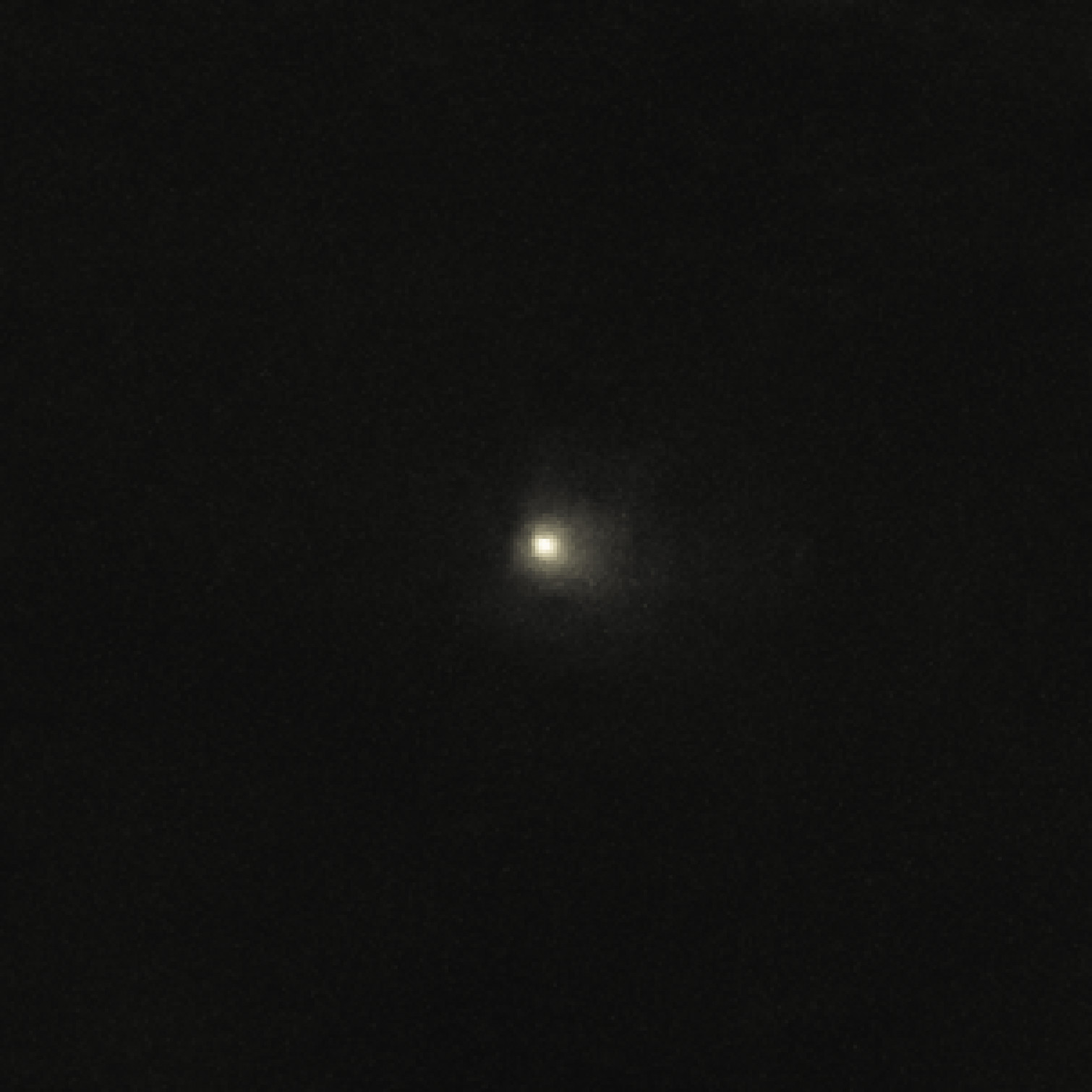A first-of-its-kind space rock filled with pristine material from the formation of the Earth itself has returned to the inner solar system, after billions of years in the cosmic boondocks. And it could help us piece together our planet’s origin story.
Four and a half billion years ago, chunks of the same material that formed Earth and the other rocky planets are thought to have been flung into the Oort cloud, a ring of icy debris encircling the outermost edge of the solar system. Untouched, they have been preserved for eons in the deep freeze of space. Now, astronomers have spotted one of these fossils nearby, marking the very first observation of a rocky object from the Oort cloud.
“This is super exciting, because it could be a piece of what formed the Earth” Olivier Hainaut — an astronomer at the European Southern Observatory and co-author on the new Science Advances study describing the discovery — told Gizmodo.
The object, dubbed PANSTARRS, was spotted in 2014 by Pan-STARRS1, a Hawaiian telescope used to identify rogue comets and asteroids in our planet’s backyard. The telescope routinely surveys the entire sky and turns up thousands of uninteresting hunks of debris. But as soon as PANSTARRS’ orbit had been calculated, Hainaut and his colleagues realised they had found something exceptional.
The shape of the orbit was indicative of a long period comet — an icy body that fell into the inner solar system from the Oort cloud. But as comets from the Oort cloud hurl toward the Sun, they release a long tail of sublimating ice and dust. This one didn’t.

C/2014 S3, the very first rocky object from the Oort cloud, may provide important clues about the formation of the solar system. Image: K. Meech (IfA/UH)/CFHT/ESO
Curious, the astronomers decided to take a closer look using the European Southern Observatory’s Very Large Telescope in Chile. And things got even stranger. By studying the faint light reflected off PANSTARRS, Hainaut and his colleagues learned that it is not filled with ice at all, but with rocky material. In terms of composition, it’s a classic S-type asteroid, similar to those found main asteroid belt between Mars and Jupiter.
“If you’d shown me the spectrum, I would have just said this is another stupid asteroid,” Hainaut said. “If you showed me the orbit, I’d say yea, it’s a standard long-period comet. But you don’t at all expect to find a rocky asteroid on an Oort cloud orbit. That’s wrong.”
One possible explanation is that an asteroid was flung into the Oort cloud somewhat recently, before falling back toward the inner solar system. But it soon became apparent that this wasn’t the case. “When we observed it very carefully, its spectrum showed that the rocks hadn’t been baked by the Sun,” Hainaut explained. “They’re primordial.”
Eventually, the astronomers concluded that PANSTARRS was formed in the inner solar system long ago, before being ejected into the Oort cloud as the rocky planets themselves were coalescing. That makes it a potential building block of Earth, Venus, Mercury or Mars.
“This one is the first uncooked asteroid we have found: it has been preserved in the best freezer there is,” lead study author Karen Meech of the University of Hawaii said in a statement.
Now that PANSTARRS has caught our attention, astronomers are hoping to find more objects like it. There are several competing theories about how the solar system formed, and they predict different ratios of icy to rocky objects in the Oort cloud. “Depending on how the planets migrated, the number of rocky planetesimals in the Oort cloud will change dramatically,” Hainaut said. “Just by counting these objects up and doing statistics, we can say which theories are completely wrong and which ones survive.”
PANSTARRS has already made its closest approach to the Sun, and it’s now on its way back to the outer solar system. But if we get lucky, one of its cousins may whiz even closer to Earth, allowing astronomers to get a detailed look at its composition. This could lend insight into the exact conditions under which our planet was formed. Our history is flying around out there and, if we’re patient enough, we’ll find it.
Top: Artist’s impression of PANSTARRS, the very first rocky object from the Oort cloud. Image: ESO/M. Kornmesser
